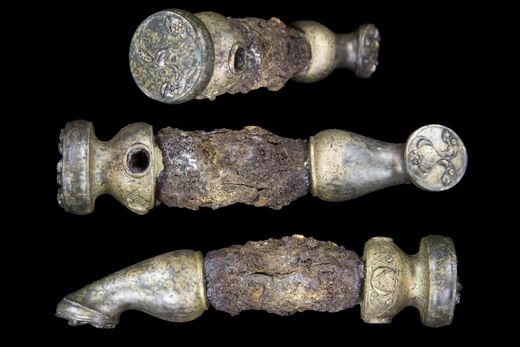
© University of LeicesterHere is the chariot linch pin from three angles, showing the intricate decoration at the ends.
University of Leicester archaeologists have made a "once-in-a-career" discovery of the decorated bronze remains of an Iron Age chariot.
A team from the University's School of Archaeology and Ancient History has unearthed a hoard of rare bronze fittings from a 2nd or 3rd century BC chariot which appears to have been buried as a religious offering.
The archaeologists found the remains during their ongoing excavation of the Burrough Hill Iron Age hillfort, near Melton Mowbray, Leicestershire.
The School has led a 5-year project there since 2010, giving archaeology students and volunteers valuable experience of archaeological excavations.
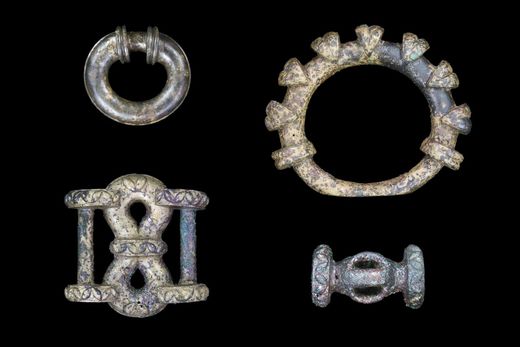
© University of LeicesterThis is a selection of chariot fittings: miniature terret ring (upper left), large terret ring (upper right), strap junction (lower left) and barrel-shaped harness fitting.
Burrough Hill is owned by the education charity, the Ernest Cook Trust, which has also funded site tours and school visits to the excavation.
While digging a large, deep pit near the remains of a house within the hillfort, a group of four students found a piece of bronze in the ground - before uncovering a concentration of further parts very nearby.
Taken together, the pieces are easily recognisable as a matching set of bronze fittings from a mid to late Iron Age chariot. As a group of two or more base metal prehistoric artefacts this assemblage is covered under the Treasure Act.
After careful cleaning, decorative patterns are clearly visible in the metalwork - including a triskele motif showing three waving lines, similar to the flag of the Isle of Man.
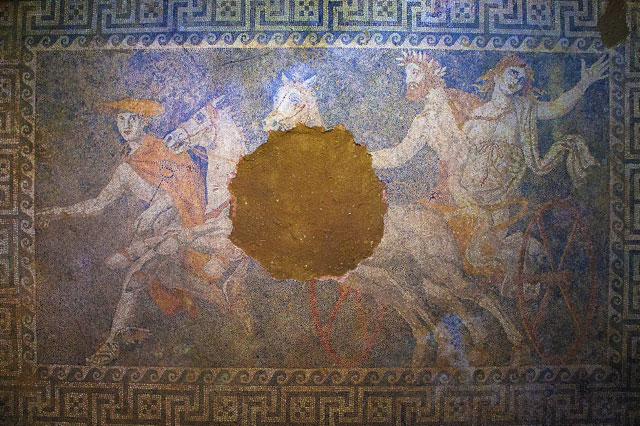
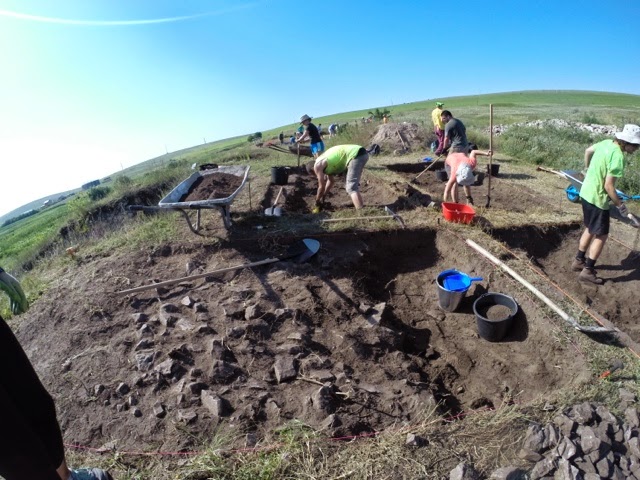
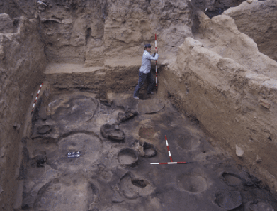


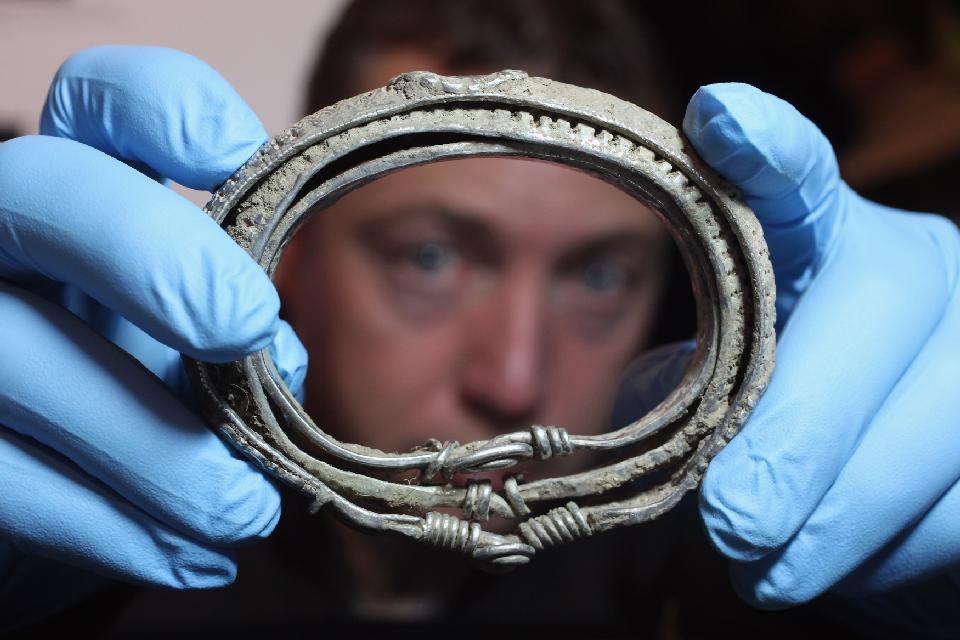

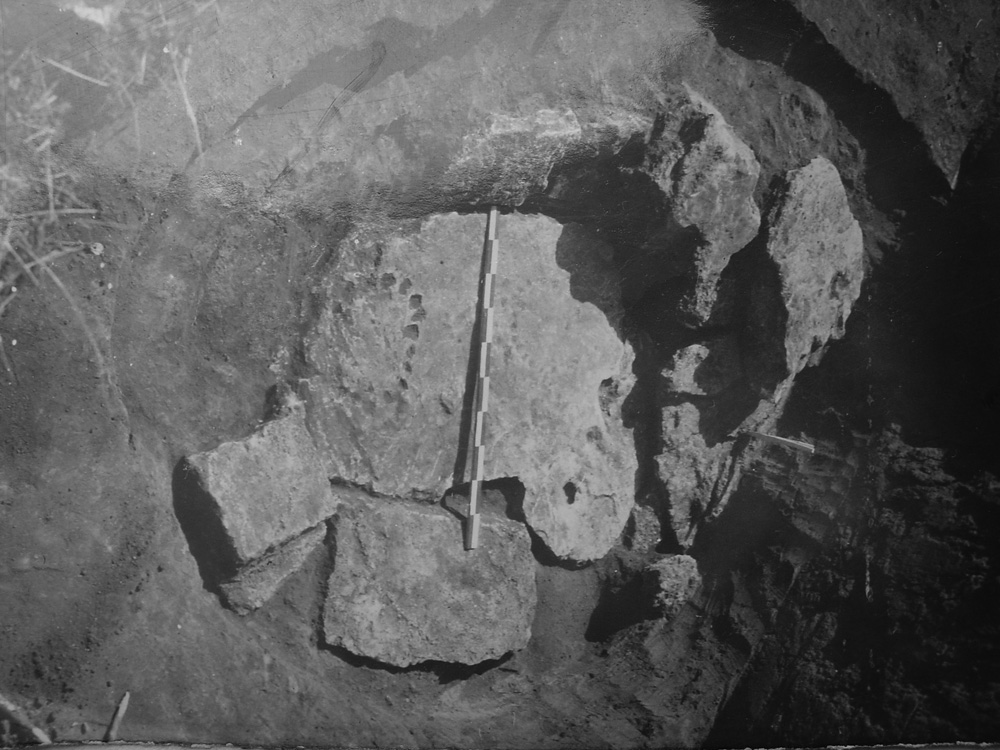
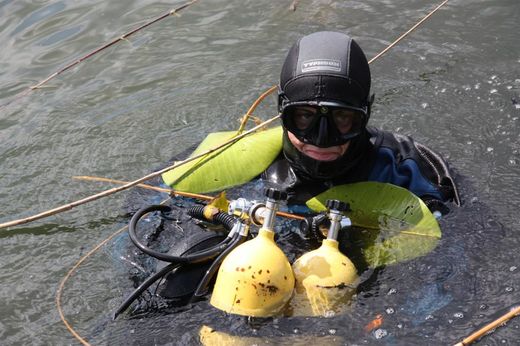
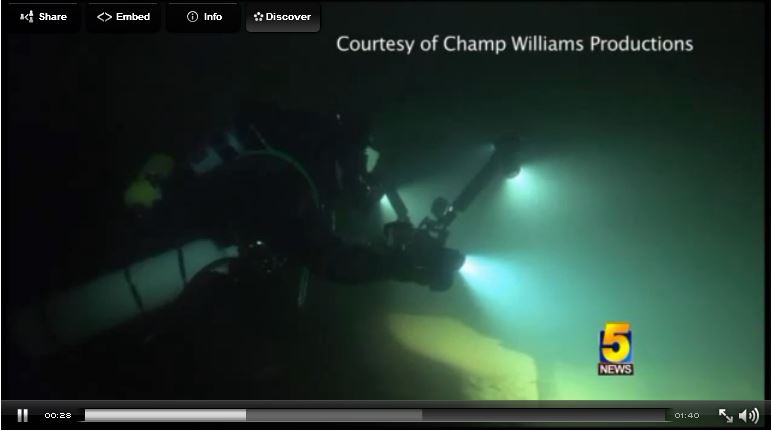




Comment: Evidence proves giant race of humans roamed the Earth
Bizarre skeletons unearthed in Russian mound, satyr and giant horse
Fairy tale giants real, says science: My battle with Snopes
They might be giants! 18ft. tall giant human skeleton found by oil prospector J. Mckinney in Texas!
A giant mystery: 18 strange giant skeletons found in Wisconsin: Sons of god; Men of renown